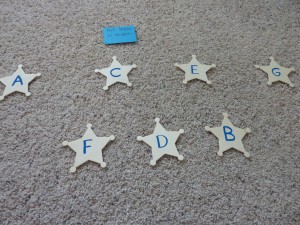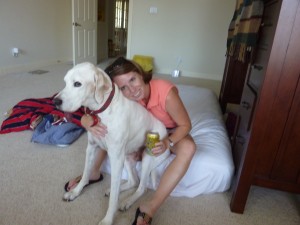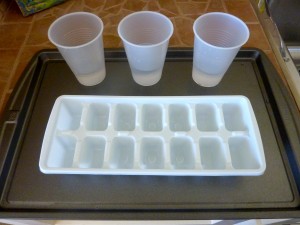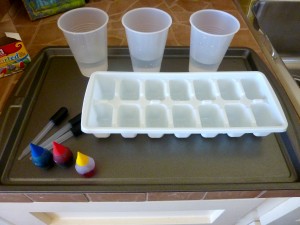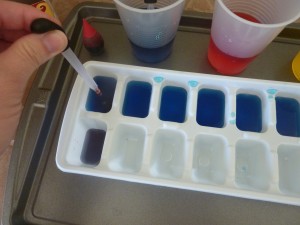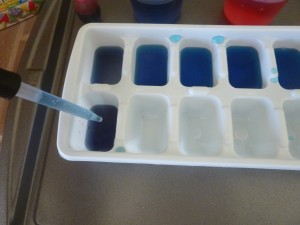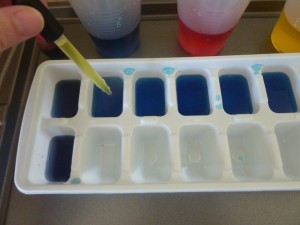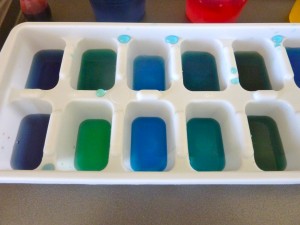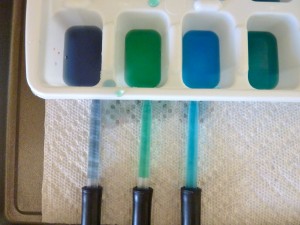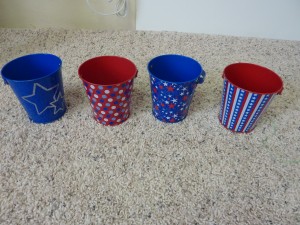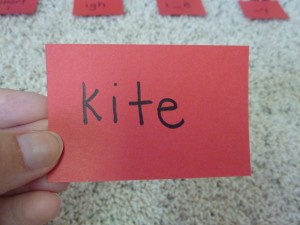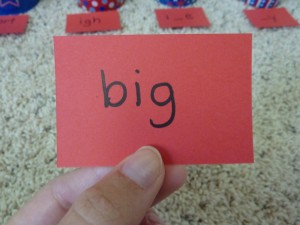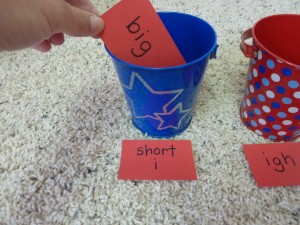Just as I like to share practical ideas for ways to work on building academic and developmental skills with your children, I’d also like to share something that has made a huge difference in my life (and now Andrew’s) over the past two years – reconnection to nature.

Two weeks ago I participated in a tele-class with Michael Trotta, special educator, naturalist and Martha Beck life coach, called, “7 Ways To Help Your Child Become the Natural Genius He/She Was Meant To Be.” While listening to him describe the 7 ways, one of the things that really struck me was how allowing boredom can really help to inspire creativity and imagination. I thought back to growing up, being bored and going off to create forts armed with clothesline, clothespins and old sheets. I can still remember all of the pretending I did sitting in a tree or inside of my fort. It was so much fun to create spaces that were my own, figuring out what worked best through trial and error, really feeling like I was on my own living in this place until it was time to eat. Ah…the good old days!
I’ve been working on getting Andrew to have a balance between time spent with electronics and time spent outside (or even inside playing with things that do not require a plug or battery). Left to do what he wants, he would spend all day watching ceiling fan videos on YouTube (his version of cartoons). With him having more time at home this summer, we began setting limits on the amount of time he can spend doing this. He works well with structure and timers so we give him set amounts of time and use a timer so he can see. We also have passwords for every electronic gadget we have because he’ll sneak things upstairs. While we are the ones who are setting the limits for this, it helps to have them reinforced by something that is not us – a useful way for us to use electronics in our favor!
At first, he would grumble, complain and weep dramatically (And the Oscar goes to…Andrew for the best emotional performance of a child not getting to use electronics!) while we ignored his pleas and locked all of the electronics away until the timer went off. This is also something that I wanted to model for him so it meant that I was not going to use electronics during this break time. Let’s just say I had to be really focused to get posts done when it was “electronics time!” We started slowly with 20 minute breaks and are now up to having 1 1/2 hour breaks at a time which for us is huge! An unexpected benefit of this is that he has learned to tell time! He can even look at my watch (which is not digital) and tell me how many more minutes is left in his break.
I have really been enjoying seeing the little “games” he has made for himself when he knows he is going to be outside for a certain period of time with no electronics. Suddenly, an empty water bottle becomes fascinating to watch as it fills and sinks, rolls down a pool float or pours water on mom’s head :). He has created an OT-like obstacle course in the yard, talking to himself as he reminds himself to “get ready to jump.” He gives himself little challenges like jumping over hoses, swimming with his eyes closed and squirting water into the water wheel to make the wheels spin like they are on high-speed (sneaking in a ceiling fan reference!). The child I thought would never pretend play outside is now doing so and when he doesn’t feel like doing anything, he comes and just sits with me while I soak in the beauty of the nature around me.
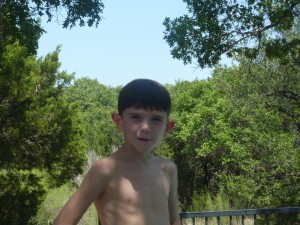
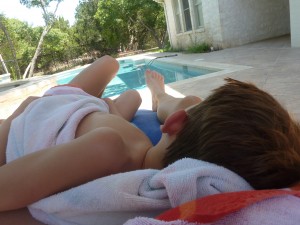
If you are interested in learning more about increasing your child’s time in nature or building/re-building your own connection with nature, I highly recommend checking out Michael’s website, www.sagefireinstitute.com. He is offering a free tele-course to groups of 10 or more so if you are part of a parent group you may wish to contact him about this.
Soon I will be sharing some exciting news about something that has changed my life and have become quite passionate about – life coaching, and how it is going to be another way for me to help people engage, encourage and empower themselves (and their families through the process)! Stay tuned!!
P.S. -As I am finishing this, Andrew came in with his computer and said, “It’s 5:00. Time for our electronics break! No electronics until 6:00.” Love this! I gave him his 2 minute break warning and he just did what I asked without me having to go in and get it. He also gave himself a time limit greater than his usual declaration of wanting only a 4 minute break! Now it’s time for me to start my electronics break :).
Engage, Encourage and Empower!

